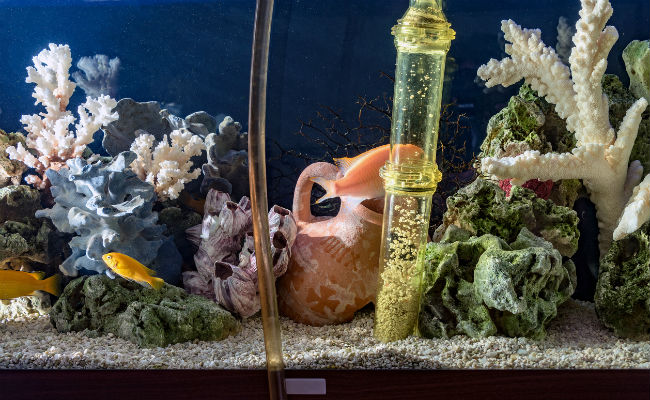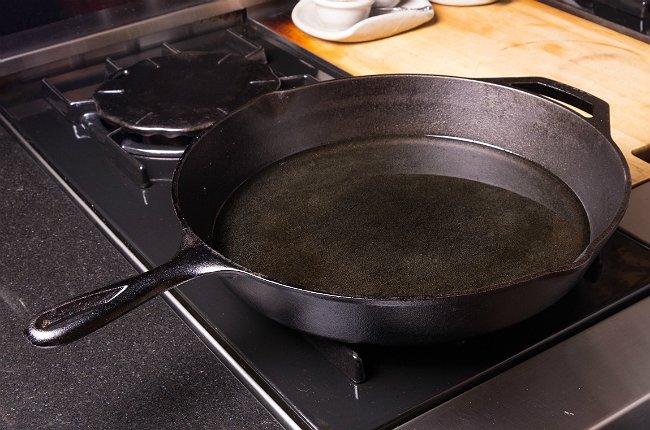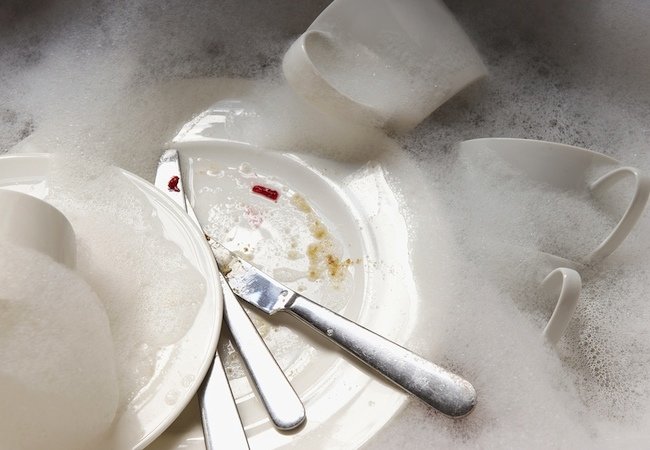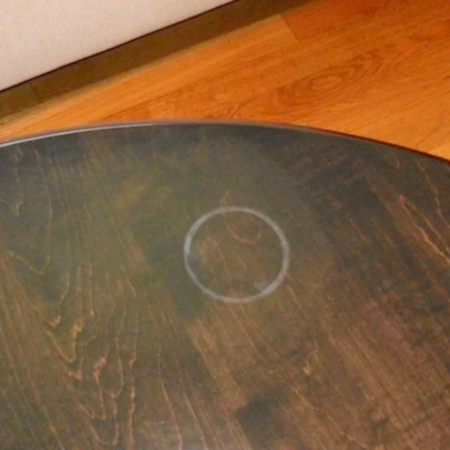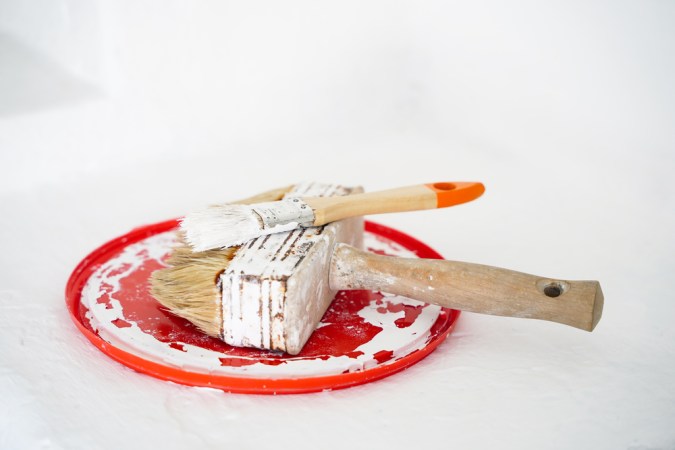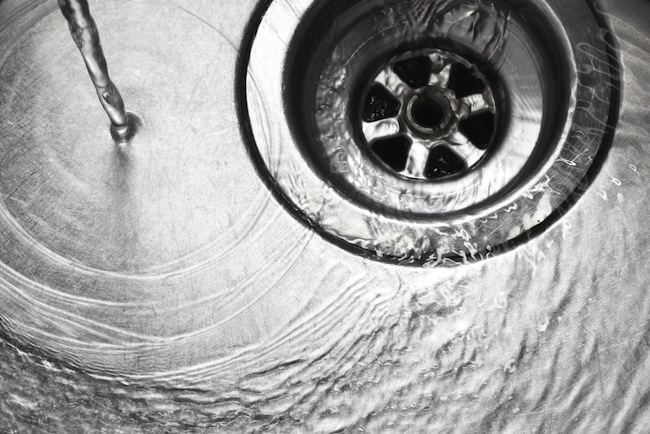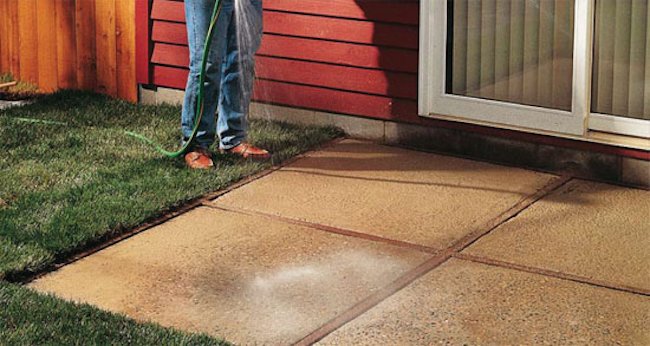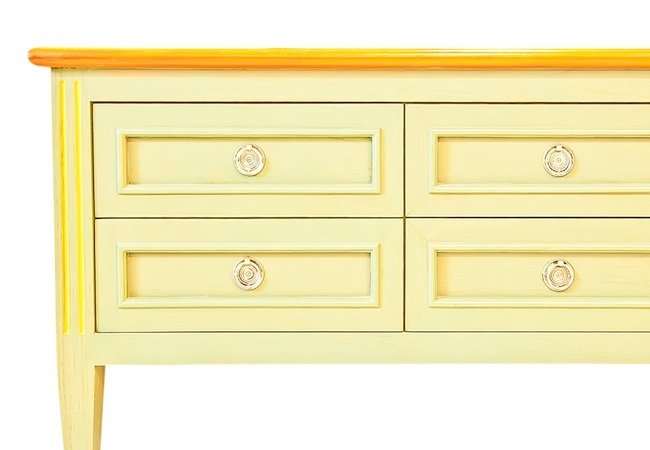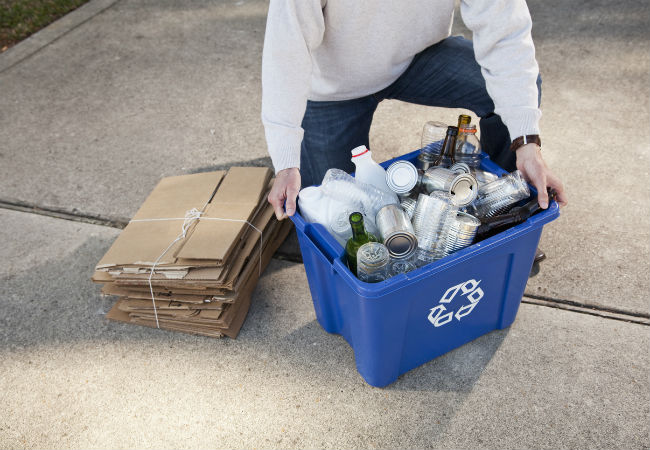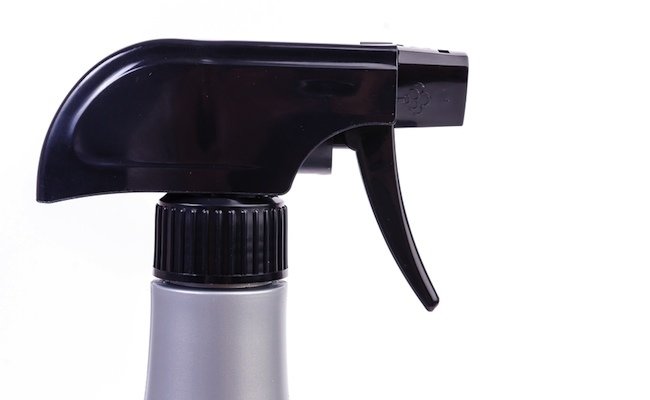We may earn revenue from the products available on this page and participate in affiliate programs. Learn More ›
Generally speaking, aquarium fish make great low-maintenance pets with minimal needs for attention and cleaning—perfect for busy households that are easing into pet ownership. But in order to keep your fish healthy and prevent the spread of harmful algae that can be caused by overfeeding and light exposure, aquariums require a basic cleaning and 25 percent water change every two to four weeks.
Fish are very sensitive to chemicals, including household soaps, so it is important to know how to clean a fish tank correctly. The proper method and supplies keep out toxins while maintaining the beneficial bacteria that your fish need to survive. You can partially clean a fish tank using some of the supplies readily available in your home, but you’ll also want to invest in a few specialty products from your local pet store to do the best job, including algae scraper pads and a siphon vacuum.
After your shopping trip, check out our guide for how to clean a fish tank in six easy steps while maintaining the delicate ecosystem inside your freshwater aquarium.
MATERIALS AND TOOLS
– Hand soap
– Algae scraper pad
– Razor blade
– Plastic scraper blade
– Aquarium siphon kit
– Large buckets
– Aquarium-safe cleaners
– Liquid dechlorinator treatment
– Thermometer
– Aquarium testing and treatment kit
– Paper towels (optional)
– Vinegar (optional)
– Bleach (optional)
How to Clean a Fish Tank
STEP 1: Clean the interior of the tank using an algae scraper pad.
First wash your hands, making sure to thoroughly rinse all of the soap off because you will be reaching into the tank.
Leave the fish alone; your pets won’t need to be removed to tackle a routine cleaning. In fact, taking the fish out of the aquarium may actually cause more harm than good: The transfer itself can stress out your pets, and too much time out of the aquarium in their temporary homes (with water that is neither filtered nor aerated) could danger their health.
Then, clean the inside glass with an aquarium magnet cleaner, not regular household cleaning sponges—even if they are brand new, they may have traces of chemical residue that could be lethal to your fish. Use the pads to loosen algae from all four interior walls of the tank; once dislodged, the fish tank’s filter should take care of removal. For any stubborn residue on your tank’s windows or hard-to-scrub corners, gently scrape the glass with a razor blade. If your tank is acrylic, use a plastic scraper blade instead.
RELATED: 10 House Hacks Every Pet Owner Needs to Know
STEP 2: Clean large decorations using plain water.
Pull out large rocks, artificial plants, and other decorations from the tank and carry them to your sink. Clean these tank decorations by running water over them while using the algae pad to gently scrub. Do not use any soap when cleaning a fish tank, as even traces of soap can be deadly for fish.
If the algae won’t come off by scrubbing, bring a pot of water to a boil, turn off the heat, and then place the items in the hot water for 20 minutes. The boiling water will both kill the algae and loosen the residue so that it’s easier to scrub off. Non-porous decorations can also be soaked in cold water with bleach diluted to a five to 10 percent solution before scrubbing them clean under a running faucet.
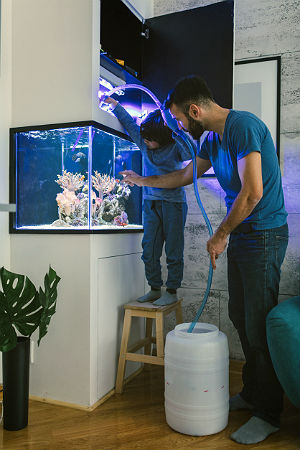
STEP 3: Siphon the gravel and remove up to a quarter of the tank’s dirty water.
With the large decorations still removed from the tank, clean the gravel with a siphon. Pet stores sell inexpensive siphon kits consisting of a length of flexible tubing capped by a plastic vacuum head specifically for the purpose of easily cleaning the gravel and removing water.
Submerge the vacuum end of the siphon kit into the tank and slowly lower the rest of the tubing into the water as well until all the air inside the tube is replaced with water. Holding the vacuum end underwater in one hand, seal the discharge end with your other hand (your thumb should be enough to cover the opening) so that the tubing fills with tank water. Then lift the tubing out of the tank, point the discharge end down into a large empty bucket located on the ground near the fish tank, and release your thumb. The dirty water will flow from the vacuum end through the length of the tube and into this container.
You can now clean the gravel by plunging the vacuum head down into the rocks, letting the siphon suck up surrounding gunk, and using your thumb to modulate the water flow on the discharge end. This process will start to suck up aquarium gravel and debris, but ultimately those stones fall back into place while the dirty water continues on its way out. Repeat until you have removed 25 percent of the water in the aquarium. Dispose of the dirty water in the bucket by pouring it down the drain and rinsing the bucket clean.
STEP 4: Address the exterior of the tank with aquarium-safe supplies.
Clean the top, light, hood, and outside glass as needed using aquarium-safe spray cleaners that can be purchased from your local pet store or by wiping surfaces with a vinegar-soaked paper towel and rinsing with water.
STEP 5: Top with fresh water and bring the tank back to equilibrium.
Put all of the decorations back in the tank. Next, in the empty bucket, prepare tap water to replace the amount you removed in Step 3. Add liquid dechlorinator treatment to the new water based on its volume and the instructions on the product label and place a thermometer inside to check that this new water settles to the same temperature as the remaining tank water before pouring it into the aquarium. Use an aquarium testing and treatment kit to ensure you have the correct balance of ammonia, pH, and nitrates in the water, so your fish can adjust to life inside their newly-cleaned home.
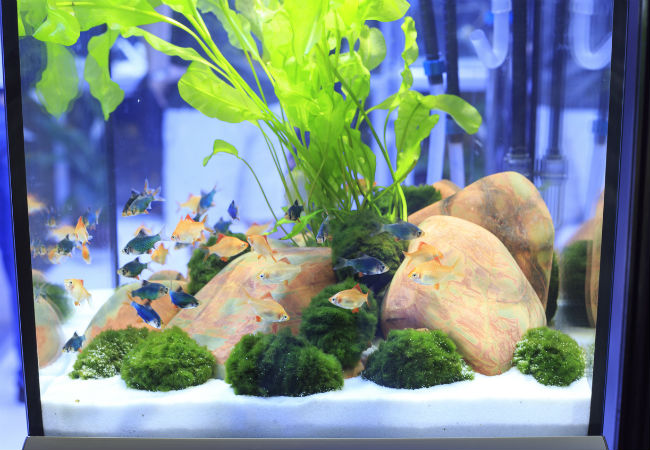
STEP 6: Wait several days, then clean or replace the filter.
Do not clean your filter at the same time you clean the rest of the tank, as the filter contains beneficial bacteria that may have been lost during the water change. Instead, wait a week before cleaning or replacing your filter medium, and then follow the manufacturer instructions for your particular model.
